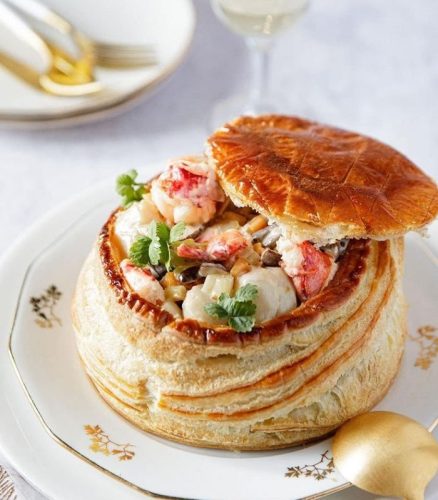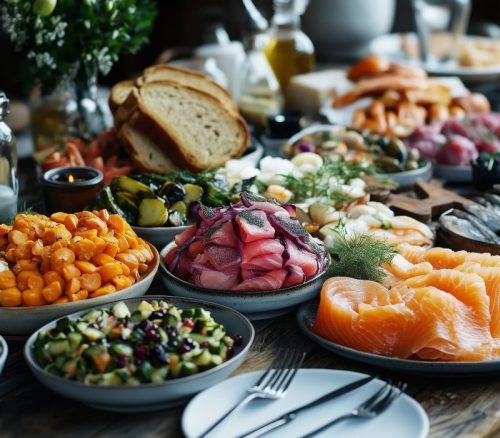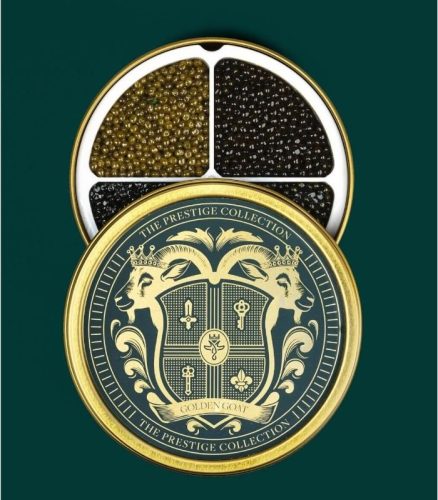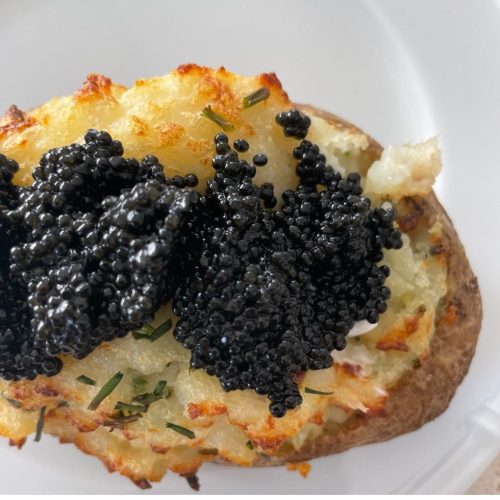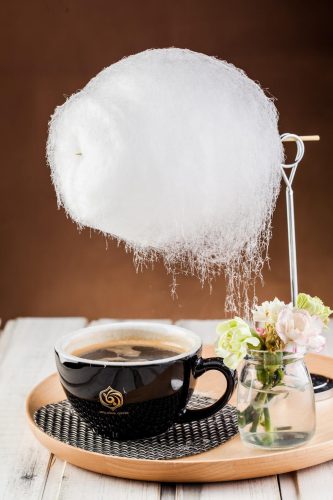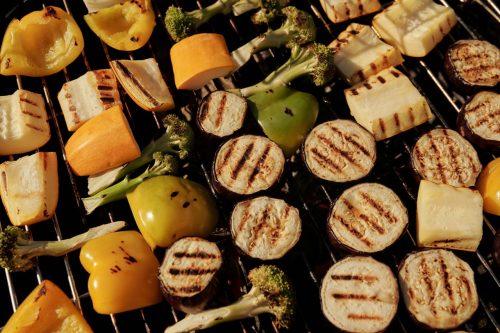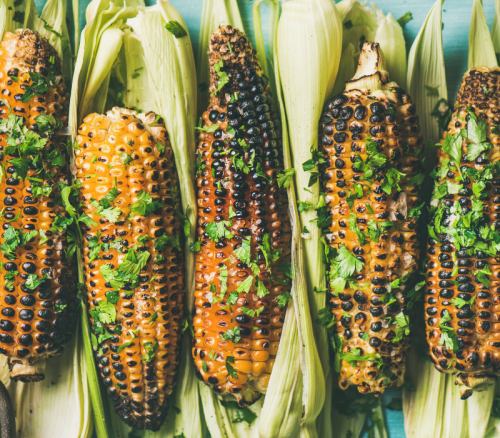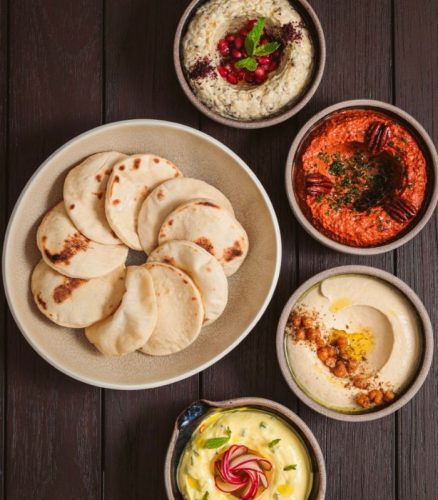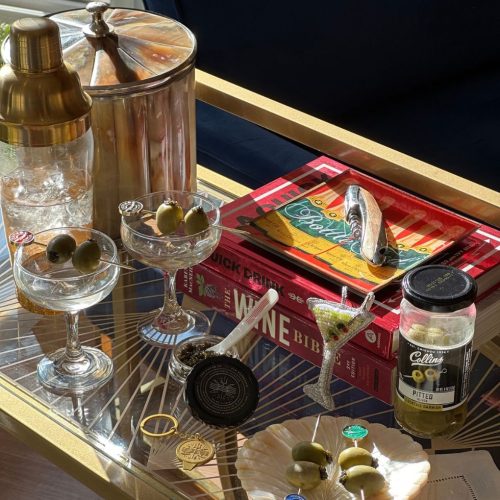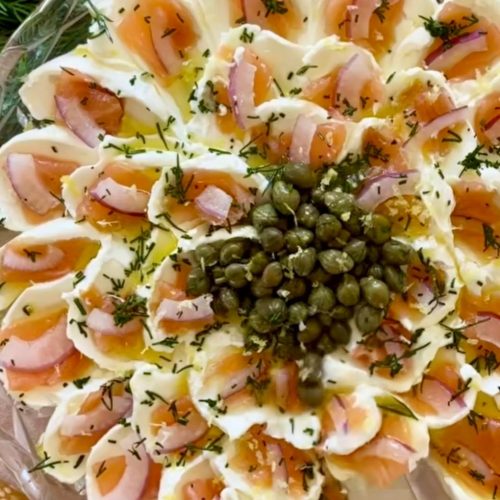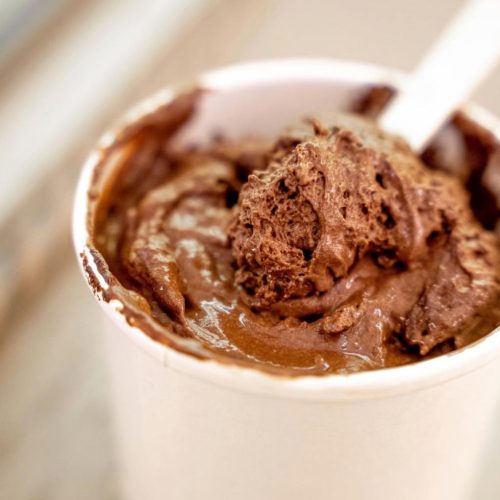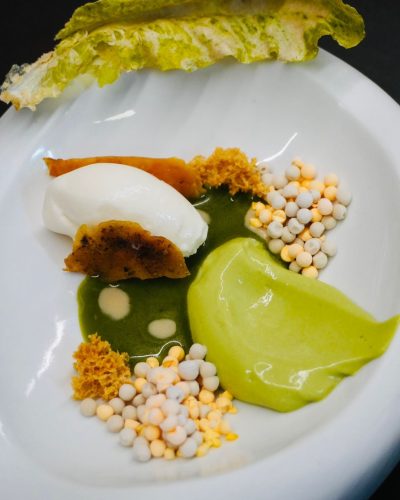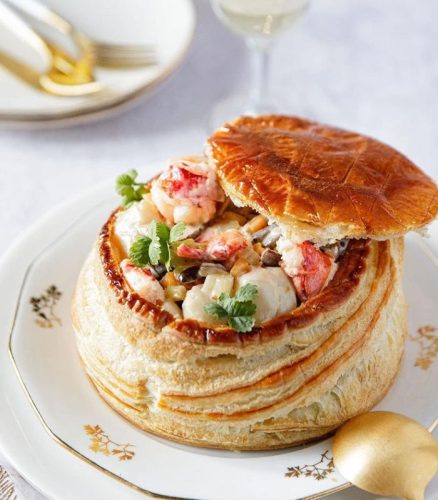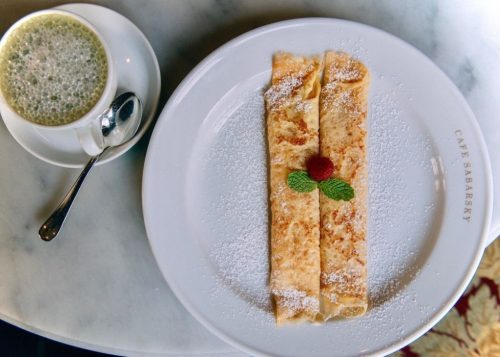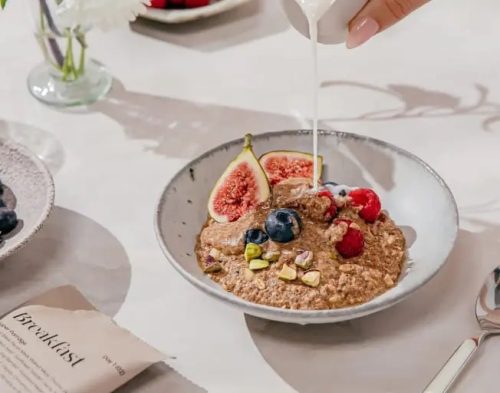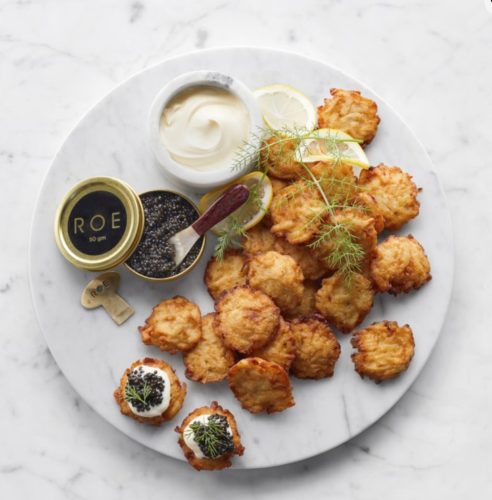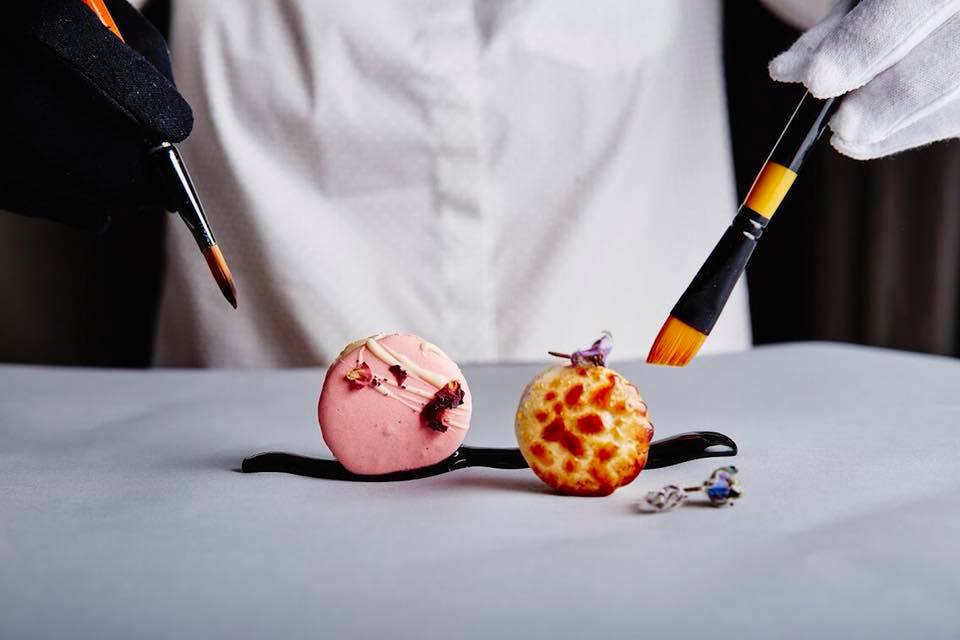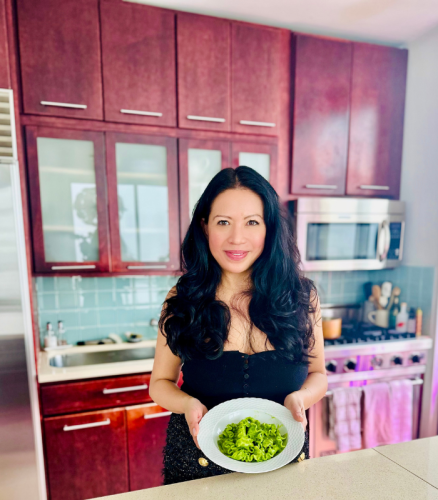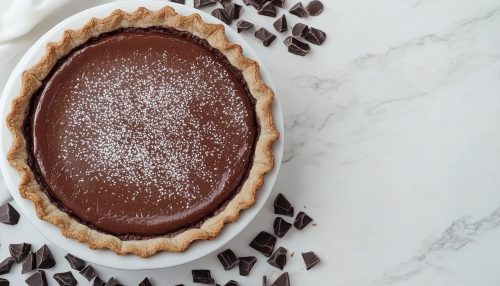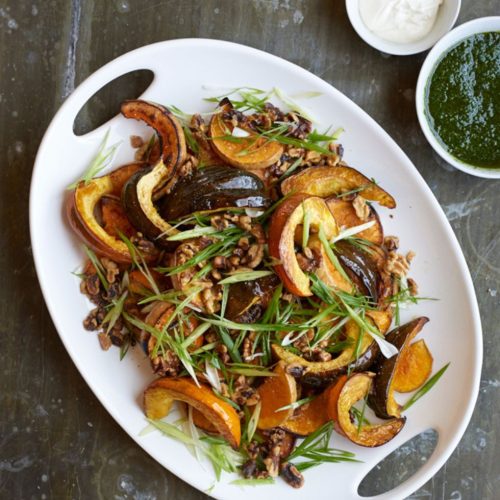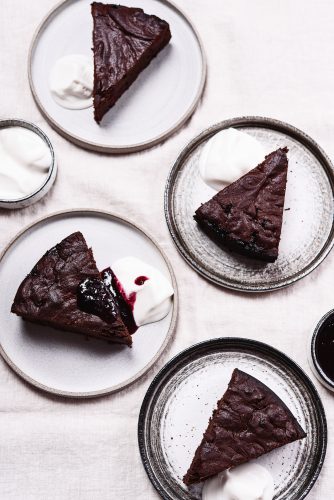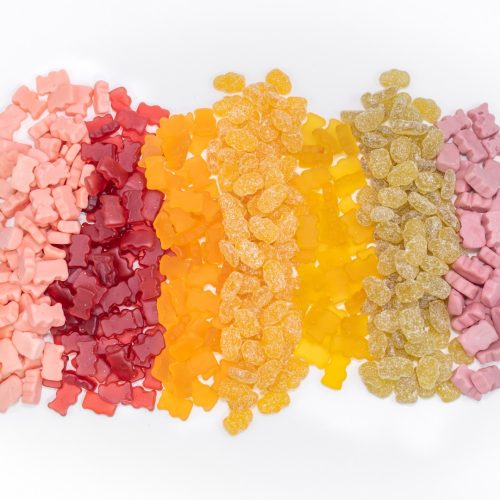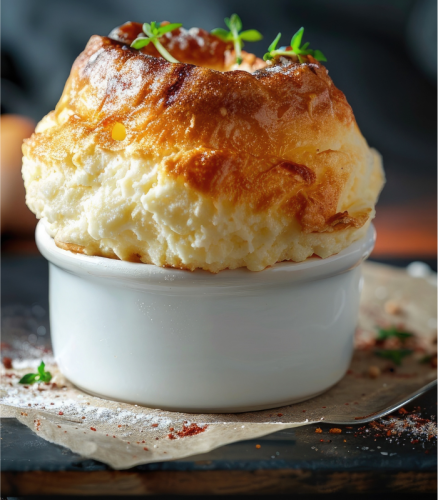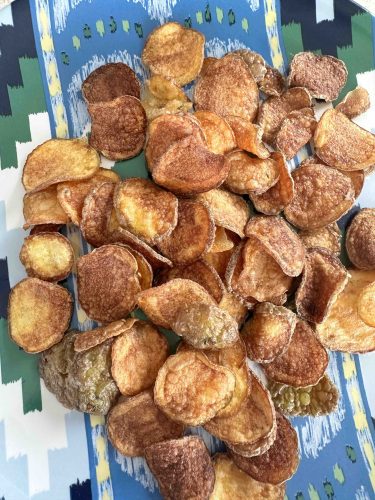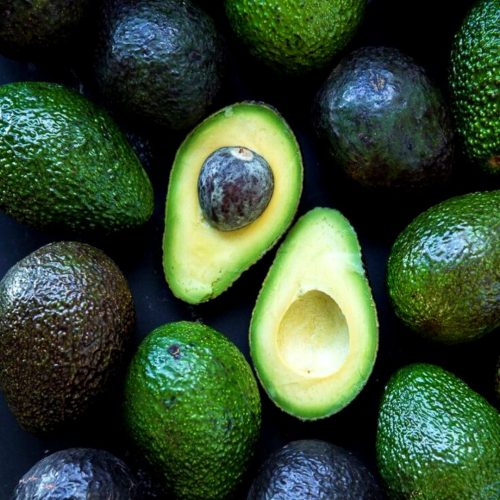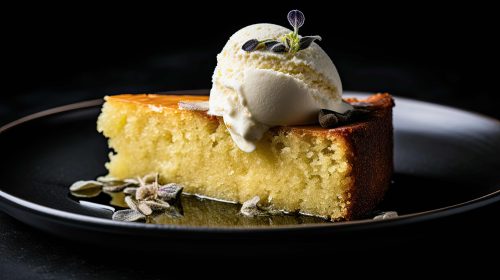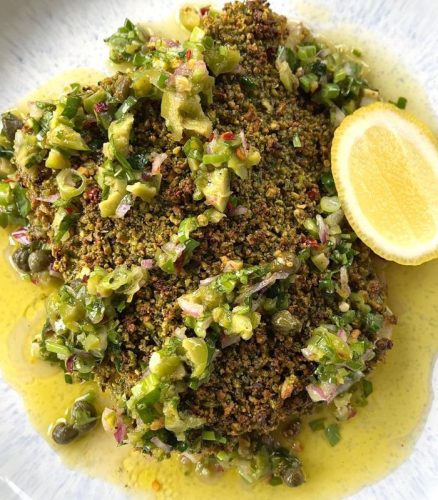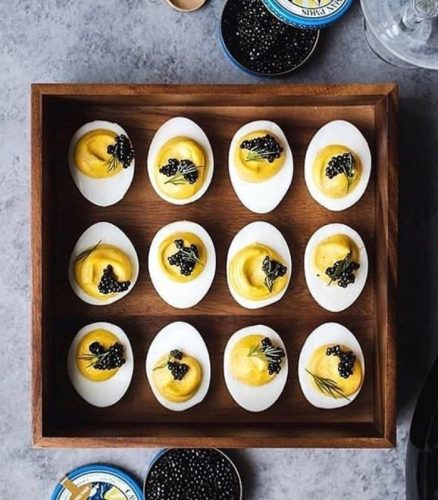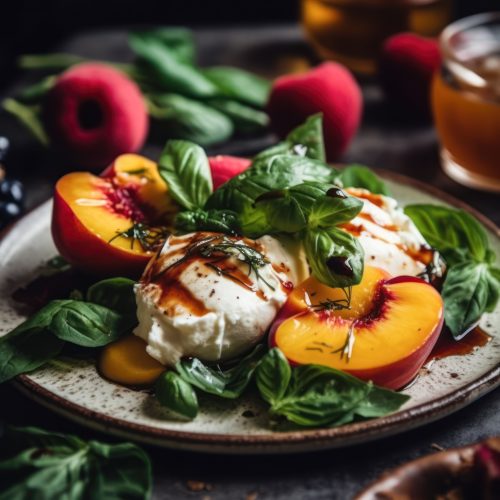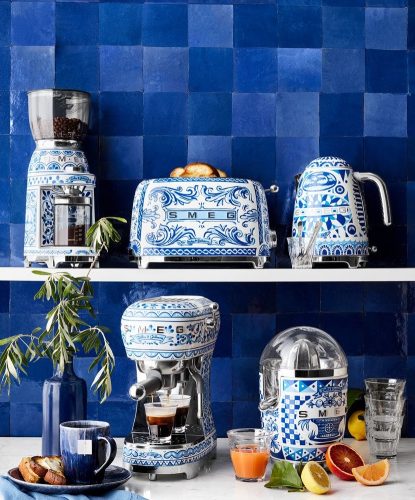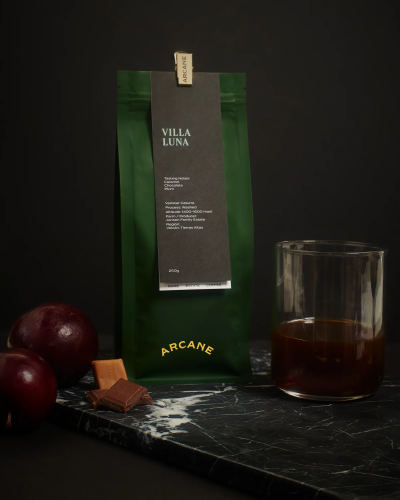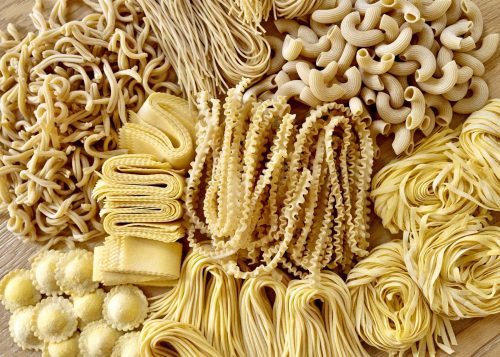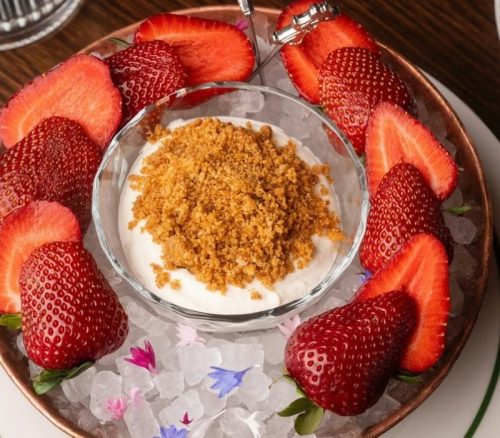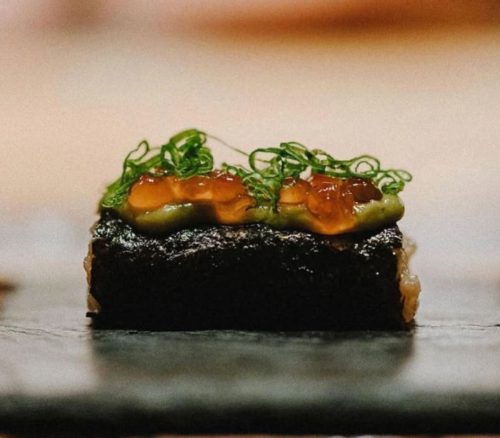An Introduction to Salt Block Cooking
You’ve likely seen pretty pink slabs of Himalayan salt at cookware shops and wondered what to do with them. But don’t be intimidated: once you learn the basics, you’ll see how versatile these rosy-hued beauties are, and how quickly they can enhance the flavor of everything from steaks to strawberries.
The Basics
What’s the Gist?
An Introduction to Salt Block Cooking
You’ve likely seen pretty pink slabs of Himalayan salt at cookware shops and wondered what to do with them. But don’t be intimidated: once you learn the basics, you’ll see how versatile these rosy-hued beauties are, and how quickly they can enhance the flavor of everything from steaks to strawberries.
The Basics
What’s the Gist?
Whether you use them for cooking, curing, or simply serving, the blocks impart salt and other minerals to any food they come in direct contact with.
There are myriad uses for a salt block, but the most popular is probably preheating a block inside a grill, oven, or stovetop and cooking steaks, seafood, and veggies on top. You can also use salt blocks for baking breads and sweets, curing and seasoning fish, and serving food in a striking way. Simply chill a block in your fridge or freezer, or heat it up on the stovetop for a serving platter that helps the food maintain its temperature.
Buying a Salt Block
Salt blocks are popping up at higher-end cooking stores, and are easy to find online. Our favorite source is the specialty salt shop The Meadow. It has brick-and-mortar stores in NYC and Portland, as well as an online shop, and is owned by salt block expert and James-Beard-award-winning author, Mark Bitterman.
They range from small squares only a few inches wide to rectangular slabs a foot and a half long. Look for blocks that are about two inches thick, which is ideal for cooking. If you’re looking for a good all-purpose size, buy a block at least ten inches long so you have enough surface area to use it for a range of applications.

What Temperatures Can They Be Used at?
Salt has versatile thermal properties, so the blocks can be used in extreme temperatures. This means that you can put them in the freezer and also add them to a scorching-hot grill.
But before you start cooking, preheat your block for at least 15 minutes so it starts heating the food as soon as it’s added (avoid putting a steak set on top of a room-temperature block in the oven because that may transfer more salt than you want while the block is coming up to temperature). For gas-powered stoves and grills, preheat a block on low heat, straight on top of the burner or grate. With a charcoal grill, place it on a grate over indirect heat. If you’re cooking on an electric stovetop, add a metal ring like the outside of a springform pan between the cooktop and the salt block. And for an oven, preheat using one of these stove methods before popping it in the oven.
How Long Should I Leave Food On a Block?
That varies widely, depending on factors like how much moisture and fat is in the food, and how you’re using the block. If you’re searing steaks and seafood on the grill, stove or oven, cook them until they reach the same temp you’d want with any other method. Same thing goes for veggies, bread, or anything else you’re cooking up.
If you’re simply using a block to serve food though, leave it on for just a few minutes and then check the seasoning. Just like if you were sprinkling on the salt in crystal form, you can always add more – but you can’t subtract. Fruit and gooey cheeses are likely to pick up salt quickly, while harder cheeses and butter may be slower.
Also, when you’re done cooking, don’t put your block in the dishwasher: it will disintegrate. Instead, scrub it with a sponge or scouring pad and a minimal amount of water. Skip the soap, and don’t forget to dry it thoroughly.

Cooking, Curing and Serving Ideas
Fish and Seafood
Quick-cooking fish and seafood like shrimp and scallops are ideal for salt block cooking.
Steaks
Sear steaks atop a pre-heated block for a nice crust and extra depth of flavor.
Fruit and Sweets
Enhance the flavor of fresh fruit like figs, cantaloupe, watermelon, strawberries, pears, apricots and plums by letting the cut sides hang out on a salt block for just a few minutes before eating. Have fun experimenting with chocolate and ice cream too.
Cheese Plates
Create a next-level cheese display atop a pretty pink block, and give added flavor to wedges, slices, and accompaniments like fruit, nuts and chutneys. If you want to include already-salty components like cured meats or olives, pile them on top of an edible leaf or small dish so they don’t get over-seasoned.
Baked Goods
Add a layer of salty crunch to loaves of bread, croissants, or cookies.
Raw Fish
Season sashimi by letting it sit on a salt block for a few minutes before serving. Make gravlax by using a block to cure salmon. Or, have poké at home by setting cubes of raw tuna to cure atop a block in the refrigerator before combining it with other ingredients.

